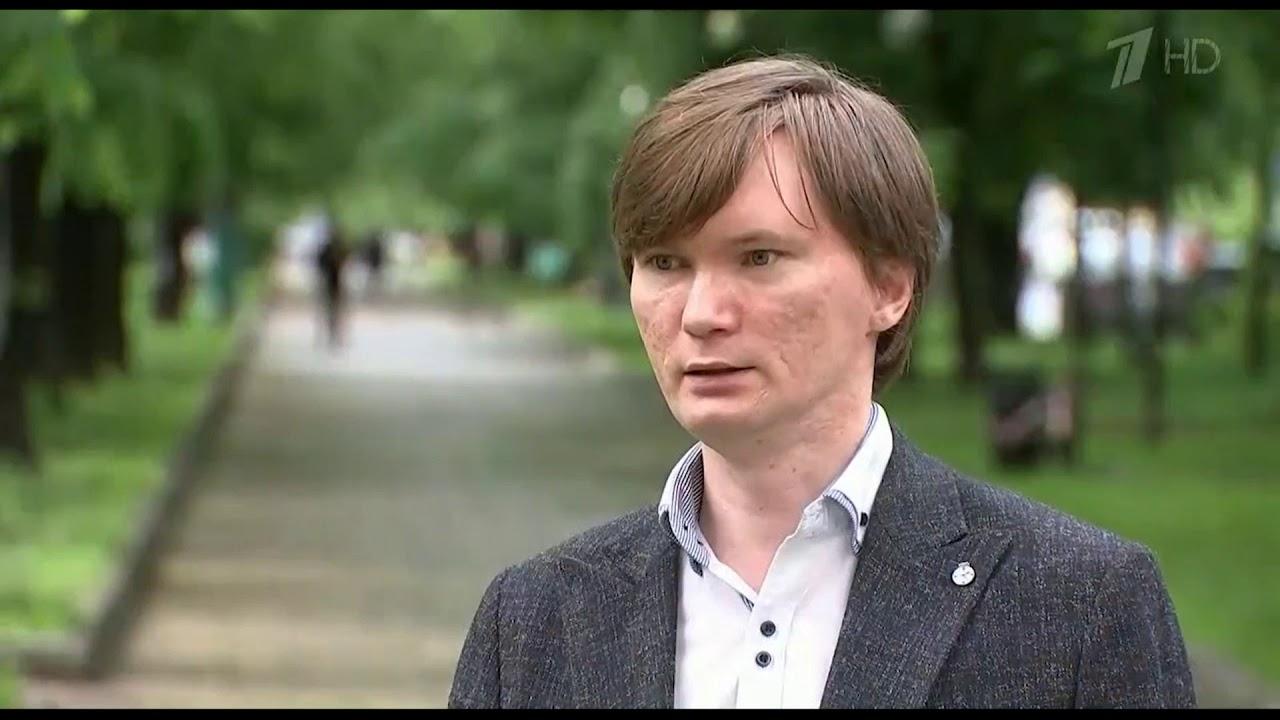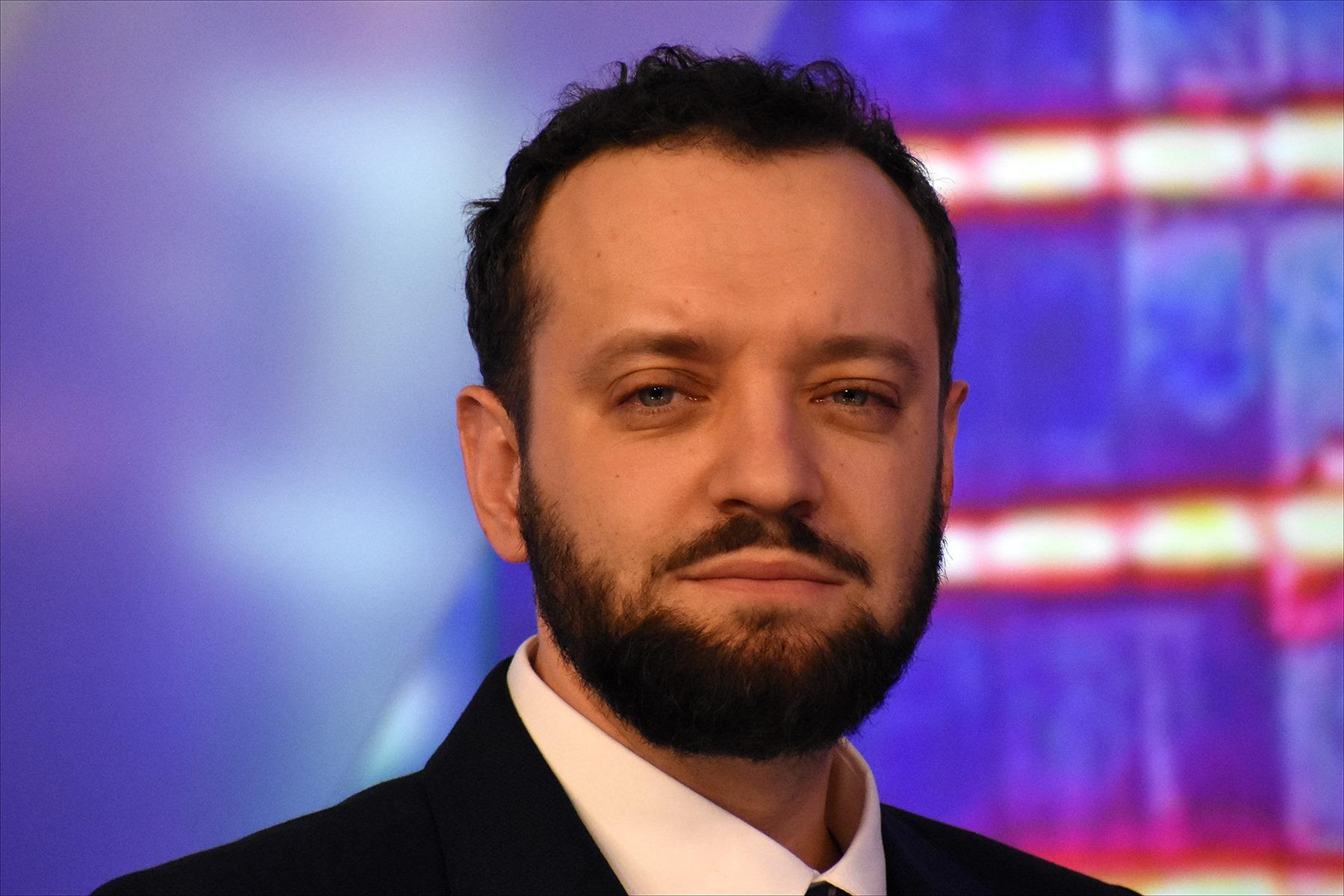Rally against peace with Azerbaijan sparks debate, speculation Armenian church clerics stir controversy
A new trend is blossoming in Armenia - now bearded men in cassocks are calling for protests against the current government and peace with Azerbaijan. Thus, the Primate of the Tavush (Tovuzgala) Diocese of the Armenian Apostolic Church, Archbishop Bagrat Galstanyan, who organized the procession to Yerevan, was also supported by the head of the Shirak Diocese. Galstanyan himself stated that "we do not act without the blessing of His Holiness the Patriarch", which means that the Armenian Church went to war against the peace process between Baku and Yerevan.
Who is behind the Armenian clerics? Are they in a position to overthrow Pashinyan? The correspondent of Caliber.Az asked foreign experts to respond to these questions.

According to Andrei Petrov, a Russian political scientist, and Deputy Director General at “Vestnik Kavkaza” Information & Analytics Agency the march to Yerevan is an ordinary political spectacle from the Armenian nationalists' stash.
"The scenario of this spectacle is definitively outdated and has proved its complete ineffectiveness, because in previous years, starting from the defeat in the 44-day war, more than once similar performances were played out - sometimes in Yerevan and sometimes in other Armenian cities. And each time it ended with nothing. So I expect that this march will also end in nothing when it reaches Yerevan. How can you assess the effectiveness of this action? By how many sympathizers Galstanyan will gain when he reaches the capital of Armenia. Note that none of the information in Armenian media informs how many people participate in this action. It is very interesting, for example, how many people can join the action, leaving their jobs, and go to Yerevan for a week," the political scientist noted.
“Judging by the video, only a few hundred people take part in the action, and what such a handful of people can do to the political system even in a small country like Armenia is completely incomprehensible,” Petrov emphasized
"When they reach Yerevan, we can expect that Armenian nationalists, Dashnaks, people of Sargsyan and Kocharyan will drive their people to show that a significant part of the Armenian people really participates in the action. But, naturally, everyone will realize that this is not true, that this is just another skit played out by the revanchists - a performance that does not even have any actual calculation for efficiency and result.
In general, there is a feeling that these people are just working off the budget that they have been allocated for the confrontation with the authorities. Because in reality, the majority of the population does not support these actions that have been concocted for the amusement of the crowd, because if the Armenian people were really against it, they would have taken to the streets of Yerevan and other cities much earlier - as early as April 19.
As a rule, we see the same faces working off the money they received from abroad. So, answering more specifically the question: "Who is behind these actions?", I would like to note that this action is organized primarily by Armenian revanchists, who are financed by certain circles of the Armenian diaspora. And they are ready to stand to the last man, unlike Pashinyan, who made a logical deal to achieve peace with Azerbaijan. Further, as I have already noted, everything is likely to end in Yerevan, where, pretending to be residents of the Tovuz region, representatives of Armenian nationalist parties will join them. They will most likely reach the parliament with a couple thousand people, no more. There they will make their speeches, maybe try to storm the parliament - it depends on how much they were paid and for what.
And then the spectacle will come to an ignominious end - either they will either disperse themselves or they will be dispersed. To put it sensibly, we see that there is a consensus in Armenian society that delimitation is necessary to avoid war between Azerbaijan and Armenia. Nobody in Armenia, except for the madmen and weasels whose "labor" is paid for from abroad, wants a new war with Azerbaijan to start. Everyone understands how it will end," Petrov added.

Meanwhile, as Israeli political scientist, international expert Rabbi Michael Finkel notes, when he read about the procession led by Archbishop Bagrat Galstanyan, he immediately wondered: who is behind it and what is it?
"It is clear that this clergyman and other religious figures who support him are primarily based on segments of the population dissatisfied with Pashinyan. They consider the prime minister a traitor to Armenia's national interests and are determined to support his resignation or even his overthrow. As we know, almost any revolutionary movement uses two important factors in its organization - the discontent of the people and the presence of an influential sponsor ready to pay for everything. As for the second point, a variety of forces could be behind all this, for example, Russia, which is extremely annoyed with Pashinyan and wants to oust him by financing political and social movements protesting against the Armenian Prime Minister. Pashinyan may also be disliked by the elites of the Armenian diaspora, and maybe even by Iran, which is extremely unhappy with Yerevan's pro-Western course and the emerging peace with Azerbaijan. Therefore, Pashinyan's position in Armenia is now extremely shaky. And the fact that the image of a priest is now presented to fight against him - such an almost cinematic technique that works effectively to attract protesters under their banners - also speaks of a good imagination of the organizers," the expert noted.
According to him, there are many cases in world history when clergymen became the leaders of political movements. In the US it was the well-known pastor Martin Luther King, and in Israel many rabbis are members of the Knesset and leaders of various parties. However, in Israel, religion is not separated from the state, so an Israeli rabbi can be a member of parliament, a scientist, a political scientist, a businessman, and a doctor.
"However, it is very important to realize that there is a constructive difference between religious leaders who go to the barricades for a just cause and clerics who justify the most horrific forms of struggle. The same Hezbollah, which is led by religious leaders - sheikhs and ayatollahs in Tehran - often justifies crimes against humanity on religious grounds.
But, unfortunately, in Armenia, there are also ministers of the Church who justify completely unjust positions and who call black white, whose moral guidelines are completely blurred. And this is a very dangerous and terrible precedent, because a religious leader should first of all call for unity, peace, and in the Christian context, not only love for neighbors, but even, in accordance with the preaching of Jesus, for enemies. Therefore, we would like to hear the voices of true pastors of faith in Armenia much more strongly than the voices of those clerics who call for bloodshed rather than striving for peace,". Finkel concluded.








